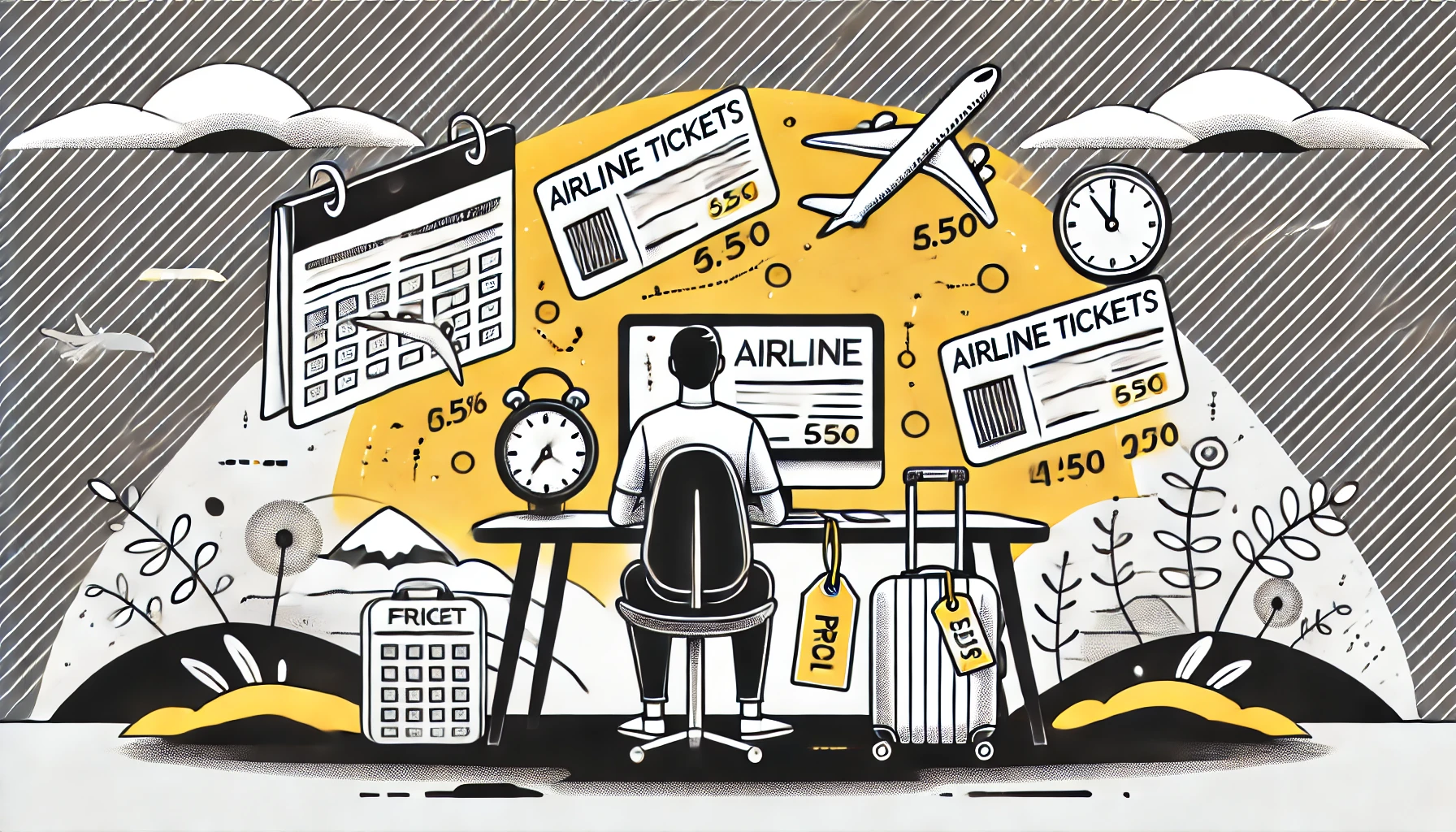Ever noticed how the price of your dream getaway can swing from “let’s book it now!” to “maybe we’ll just stay home this year” in a matter of hours? Flight prices are as unpredictable as the weather, and just as frustrating. One minute you’re ready to click “book,” and the next, you’re wondering if you should’ve taken that extra 30-minute layover in Topeka.
Try doing this with a remote and distributed team, and you’ve got a non-deterministic budget that might break your company’s bank account.
So, what’s the deal anyway? Why do flight prices vary so much? Let’s dive into the world of airfares and uncover the secrets behind those ever-changing digits.
The Airline Fare Tango: Supply, Demand, and Everything in Between
At the heart of fluctuating flight prices lies the classic economic duo: supply and demand. Airlines use dynamic pricing algorithms to maximize profits based on how many seats they think they can sell at different price points.
Here’s how it works:
- High Demand, High Prices: If an airline notices that a particular flight is filling up quickly, they’ll hike the price to capitalize on the demand. Ever tried booking a flight during the holidays? Yep, you’ve experienced this firsthand.
- Low Demand, Low Prices: Conversely, if seats aren’t selling as fast as expected, airlines will drop prices to entice more passengers. This is why you sometimes find amazing last-minute deals when the airline wants to avoid flying empty.
- Seasonality Matters: The time of year plays a huge role too. Summer vacations, winter holidays, and major events can cause prices to soar. Off-peak times, like mid-January, often offer cheaper fares.
- Booking Timing: Contrary to popular belief, booking far in advance doesn’t always guarantee the lowest price. Airlines may start with a certain fare and increase it as seats sell, but they might also drop it if sales are slow. The sweet spot is often around 6-8 weeks before departure, but there’s no hard and fast rule.
The Hidden Costs: Fees, Charges, and Surcharges—Oh My!
Let’s be real: the price you see on the airline’s website is rarely the price you pay. Airlines have mastered the art of tacking on hidden costs that can make your “affordable” flight a budget-busting experience. Here are some of the sneakiest charges to watch out for:
- Baggage Fees: Gone are the days when checked bags were free. Most airlines now charge for anything beyond a carry-on, and those fees can add up quickly. Want to bring a second bag? That’ll be an extra $50 or more.
- Seat Selection Fees: Want to sit by the window? Prefer the aisle? Be prepared to pay for the privilege. Many airlines charge extra for anything other than a middle seat in the back row.
- In-Flight Amenities: Basic economy might get you from point A to point B, but don’t expect much else. Meals, snacks, even a blanket—these are all extras now. Some airlines even charge for water!
- Change Fees: Life happens, and plans change. Unfortunately, airlines often charge hefty fees to alter your booking. In some cases, changing your flight could cost more than the original ticket.
- Taxes and Fuel Surcharges: The base fare might seem reasonable, but once taxes and fuel surcharges are added, your total could double. These charges vary depending on the destination, so always check the final price before booking.
How to Outsmart the Airfare Game
Now that you know why flight prices vary and where hidden costs lurk, how can you outsmart the system? Here are a few tips to help you save:
- Be Flexible: If you can, be flexible with your travel dates and times. Midweek flights are often cheaper than weekend ones, and flying at odd hours (like the red-eye) can save you money.
- Set Alerts: Use fare alert tools to monitor price drops for your desired route. This way, you’ll be notified as soon as prices dip.
- Consider Nearby Airports: Sometimes flying into or out of a nearby airport can significantly lower your fare. Just make sure to factor in the cost and time of getting to your final destination.
- Look for Package Deals: Bundling your flight with a hotel or car rental can sometimes offer discounts. Plus, it’s one less thing to worry about!
Conclusion: Flying Smart in a High-Priced World
Navigating the world of airfare can feel like a high-stakes game of poker, but with a little knowledge and strategy, you can come out on top. Understanding why flight prices vary and being aware of hidden costs can help you make more informed decisions, potentially saving you hundreds of dollars on your next trip.
So, the next time you’re shopping for flights, remember these tips—and don’t forget: when you’re trying to book travel for teams, these problems compounds greatly! Use Team, Assemble! to get ahead of the game. With the right tools and insights, you’ll have your team jet-setting without breaking the bank in no time!
